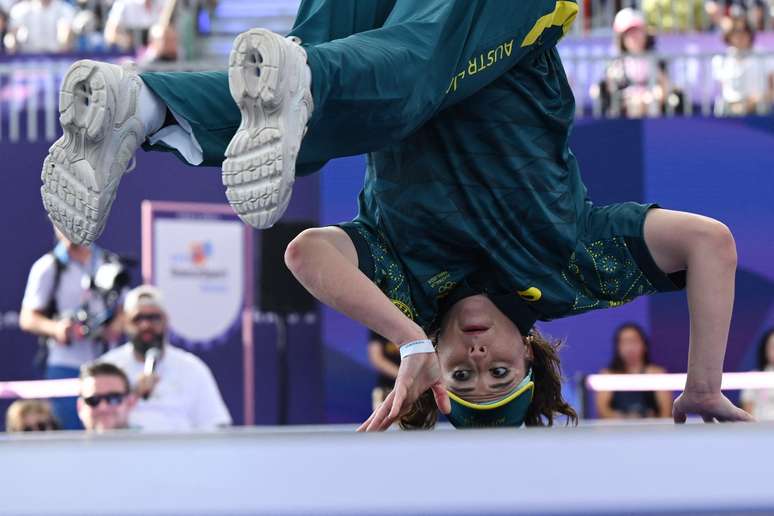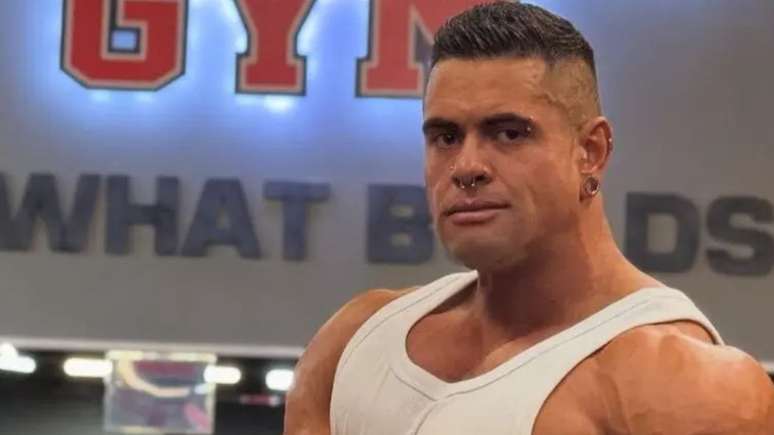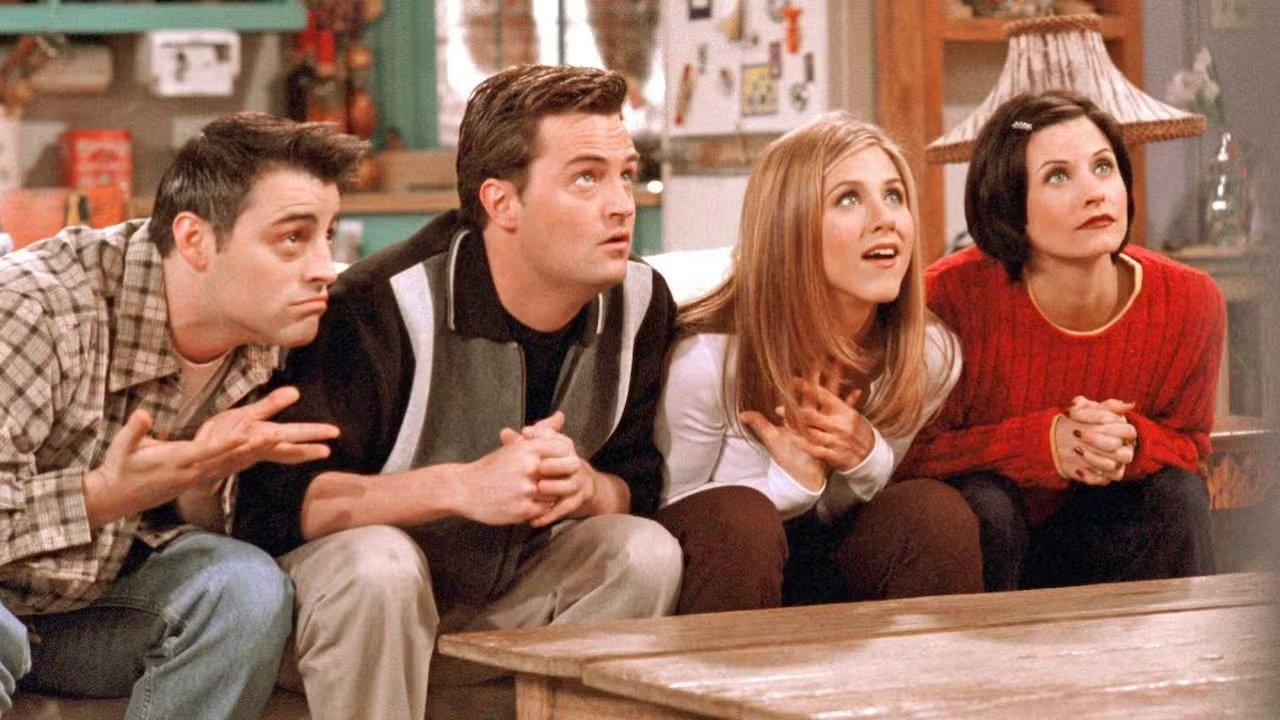The famous headbutt formed a bump on the 30-year-old dancer’s head
After nearly two decades of practicing intense breakdancing moves that involved twisting above the top of the head, a 30-year-old dancer developed a rare condition called “breakdance bulge.”
The condition, popularly known in the breakdancing community, is characterized by the cone-shaped bump formed on the head, associated with hair loss.
According to doctors, he trained five times a week, with sessions lasting 1h30, dedicating around 7 minutes to movements that involved direct pressure on the top of the skull. The case was described in the journal BMJ Case Reports and according to the report, the lump was surgically removed.

How did the bulge form?
In an interview with Earth you, the neurosurgeon, Philip Mendes, states that the swelling can occur due to the formation of bony calluses in response to repeated trauma. These regions undergo microfractures or microtraumas that lead to bone remodeling, forming a thicker and more prominent area.

“This is similar to the response that the bone has to constant stress, similar to a traumatic exostosis,” he explains.
Long-term effects
Repeated impacts to the skull can, in addition to bone changes, cause internal injuries. The specialist says that in the long term there is a risk of brain injury associated with mild and cumulative traumatic brain injury, such as chronic traumatic encephalopathy (CTE), often seen in contact sports athletes. This condition can lead to cognitive deficits, mood changes, and other progressive neurological symptoms.
“Although the swelling may appear superficial, it is important to highlight that repeated impacts can cause neurological damage. Although callus does not directly affect the brain, frequent trauma can cause repeated concussions which, over the years, can lead to microencephalic lesions. The problem is therefore not just superficial”, underlines the expert.
Post-operative care
The doctor explains that after the surgical removal of a bony protuberance, the treatment involves avoiding further trauma to the region to allow good healing of the bones and tissues.
The patient must be instructed on the limitation of impact movements and the use of protection in the operated area. It is also important to continue with physiotherapy, when indicated, and carry it out requests follow-up care to monitor recovery and prevent complications such as infections or recurrences.
Dancers or athletes should be careful
Dancers and athletes who use their head as a point of support should watch for signs such as persistent headaches, dizziness, confusion, memory loss, or any neurological changes. Additionally, changes in the skull that are sensitive to touch or progressive swelling in the region should be evaluated by a specialist.
Source: Terra
Ben Stock is a lifestyle journalist and author at Gossipify. He writes about topics such as health, wellness, travel, food and home decor. He provides practical advice and inspiration to improve well-being, keeps readers up to date with latest lifestyle news and trends, known for his engaging writing style, in-depth analysis and unique perspectives.









